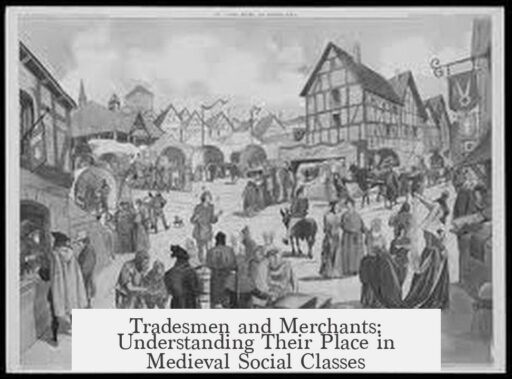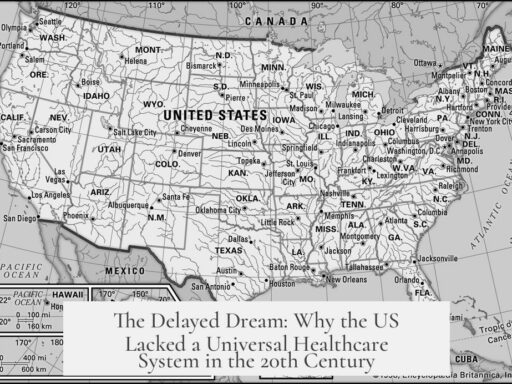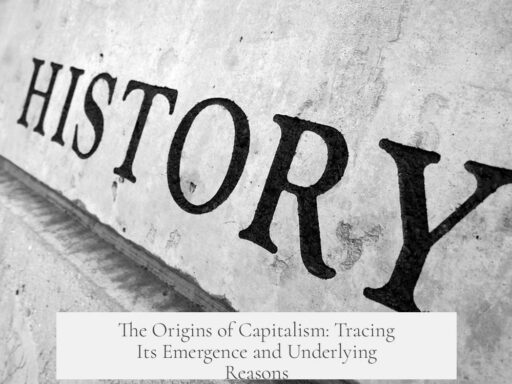Tradesmen, merchants, and similar groups in the Middle Ages do not fit neatly into the traditional three general social classes of clergy, nobility, and peasantry. These groups, along with urban workers such as craftsmen, men-at-arms, Yeoman farmers, and fishermen, fell outside the simplified tripartite classification commonly used to describe medieval society.
The classic division of medieval society into three estates was never constructed as an exhaustive or precise model. It functioned more as a philosophical framework than a practical social map. Clergy represented the spiritual leaders, nobility the ruling warrior class, and peasants the agricultural laborers. However, this model excludes the significant complexity and variety present in real medieval social structures.
For instance, tradesmen and merchants typically lived in towns rather than rural villages. They formed a growing and influential urban middle class, involved in commerce, crafts, and trade networks. This emergent social stratum held economic importance but did not align with either nobility or peasantry. They often developed their own guilds, privileges, and sometimes political roles that distinguished them from the traditional estates.
A practical examination of a medieval castle and its surrounding town highlights this complexity. The castle was the noble lord’s residence and administrative center, while the town housed various professionals, artisans, and merchants whose roles were essential but did not fit into the three-class schema. Men-at-arms and Yeoman farmers also represent intermediate or specialized statuses that challenge the simplistic categorization.
Modern historians view the tripartite division as an incomplete and metaphorical construct. It ignores social stratification within each order and excludes many middle and lower-level groups critical to medieval life. Consequently, understanding medieval social order requires a broader perspective that includes urban and specialized roles rather than relying solely on the three estates.
- The traditional three classes are clergy, nobility, and peasantry.
- Tradesmen, merchants, craftsmen, and others form urban middle classes outside these estates.
- The tripartite model is a simplified, philosophical framework, not an accurate social description.
- Real medieval society included many excluded or intermediate groups like Yeoman farmers and men-at-arms.
- Comprehensive analysis of medieval society recognizes these complexities and social layers.
If There Were 3 General Social Classes in the Middle Ages, Which Do Tradesmen and Merchants Belong To?
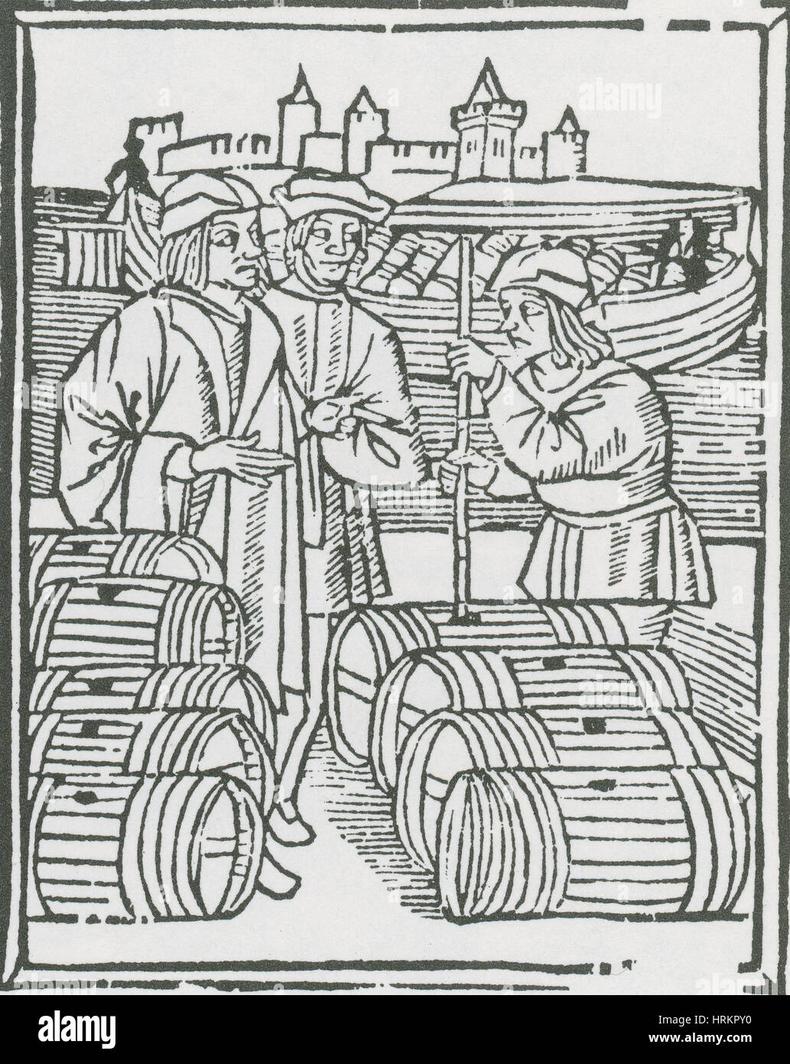
In short: Tradesmen and merchants do not neatly fit into the traditional medieval tripartite social class model of those who pray, those who fight, and those who work. This might sound like a history conundrum, but it’s actually rooted in the fact that the classic “three orders” model was never designed to mirror real life. It’s more of a philosophical ideal than a sociological snapshot.
So, where do our hardworking tradesmen, merchants, craftsmen, and other urban workers *actually* land in medieval society? To answer that, we need to dig into the origins and limitations of the classic medieval social triptych.
The Three Orders: An Ideal, Not Reality
Medieval thinkers loved neat categories. By the early 9th century, as Ermold the Black poetically put it, society was divided into clerus (those who pray), plebs (the people), and proceres (the aristocracy who fight). Later writers like Heiric of Auxerre refined the idea, turning the “people” into farmers (agricultores) and the nobility into warriors (belligerantes).
By the 11th century, Bishop Adalbero of Laon summarized this vision into three clear pillars:
- Oratores (those who pray: the clergy)
- Bellatores (those who fight: the warriors/nobility)
- Laboratores (those who work: peasants/farmers)
This division wasn’t created to *describe* medieval life in all its messy, complex glory. Instead, it was a *philosophical tool*, a way to promote social harmony. This model suggested that if everyone stuck to their proper role, society would be peaceful and balanced.
Why Tradesmen and Merchants Don’t Fit
Here’s the kicker: the “laboratores” mostly meant peasants and farmers, not urban professionals. Tradesmen, merchants, craftsmen, yeomen, fishermen, and men-at-arms existed, but none fit snugly into the three-part model. The merchants, eager to turn a profit and own property, often found themselves socially unclassified—sometimes counted among the laboring classes but often occupying an ambiguous middle ground.
Have you ever tried to squeeze a bustling medieval town or a feudal castle complex into just three social boxes? Good luck! These environments were rife with lively merchants, skilled tradespeople, and other groups that the three orders simply overlook.
One medieval thinker, Odo of Cluny, mentioned the “order of fighters,” but even then the complexity of social roles was acknowledged without clear-cut divisions. Urban workers and tradesmen appeared everywhere, yet the classic tripartite system excludes them and glosses over social stratification within all groups.
Modern Historians and the Oversimplification Trap
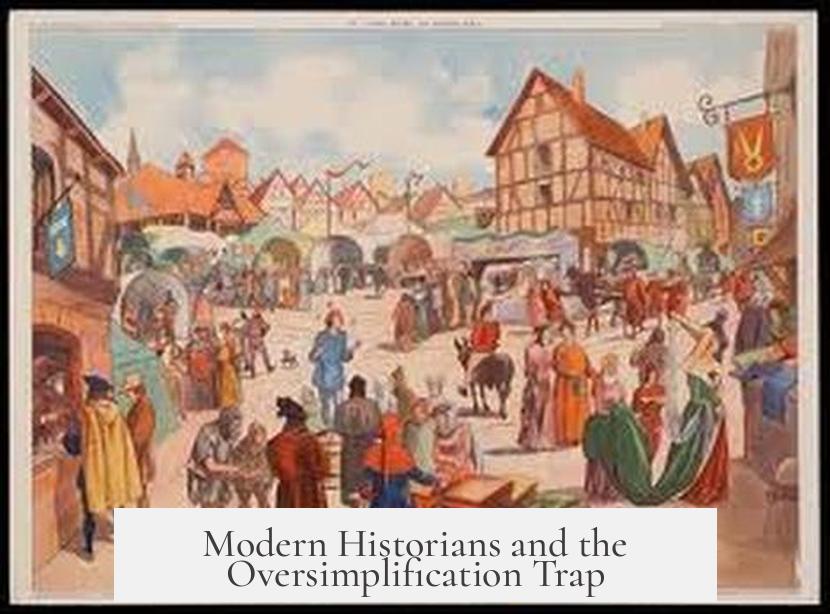
Fast-forward to today: the tripartite model is often taught as if it’s gospel truth. Many historians and educators adopt it because it’s simple and tidy. But this simplicity is misleading. It excludes numerous real medieval actors and paints a flat portrait that ignores society’s layers of nuance.
Consequently, tradesmen and merchants, who played vital roles in urban economies and the rise of towns, get lumped awkwardly or ignored. This is a shame because these groups influenced the medieval world far beyond any simplistic class system.
What’s the Takeaway for Students and History Buffs?
Understanding medieval social classes requires nuance. Sure, the “three orders” model gives a rough framework, but it’s neither precise nor inclusive. Traders, merchants, and other non-peasant workers often lived in a gray area—outside traditional orders but critical to medieval life and economy.
Think of medieval society as a complex mosaic rather than a rigid three-piece puzzle. Tradesmen and merchants—urban professionals—embodied emerging economic dynamics that couldn’t be shoehorned into “pray, fight, or farm.” They carved out their own identities, gaining wealth and some social influence over time.
Practical Considerations
- When studying medieval social classes, question easy answers.
- Recognize that merchants and tradesmen were part of a vibrant urban culture beyond traditional nobility and peasantry.
- Understand that medieval writers promoted the three orders to uphold social order, not to document reality.
- Explore local records and charters to see where tradesmen and merchants stood in particular towns or cities.
In other words: don’t let the tidy three-class model fool you. History is messier, more fascinating, and more human than neat categories allow.
Final Thought
Tradesmen and merchants were medieval society’s bustling heart, often ignored in oversimplified class models. Their real social position reminds us that medieval life was layered and dynamic. So next time you hear someone mention the “three classes”—ask, “What about the traders and craftsmen hustling in the streets?”
They deserve more than a passing mention or an awkward fit into an old-school framework.
